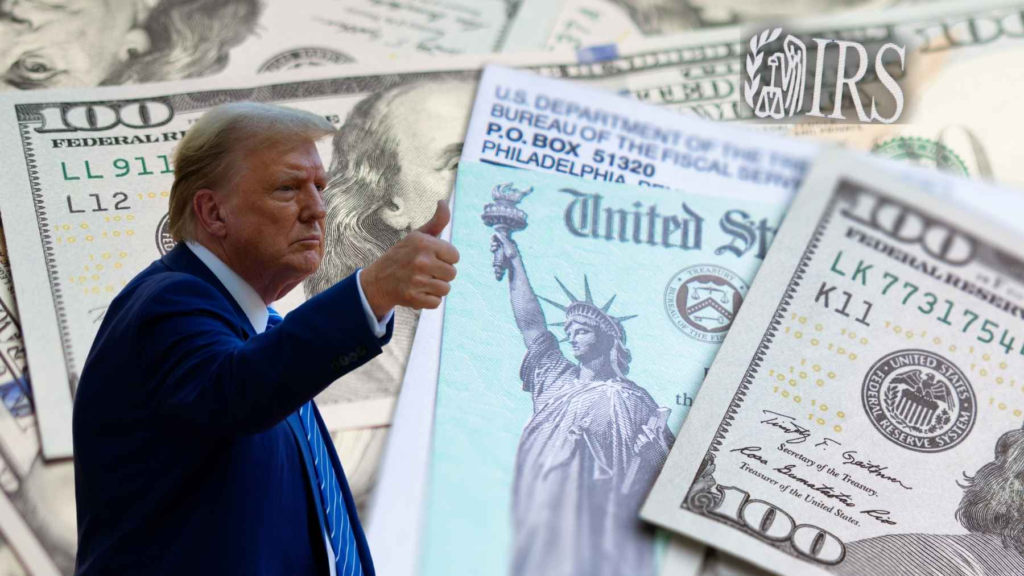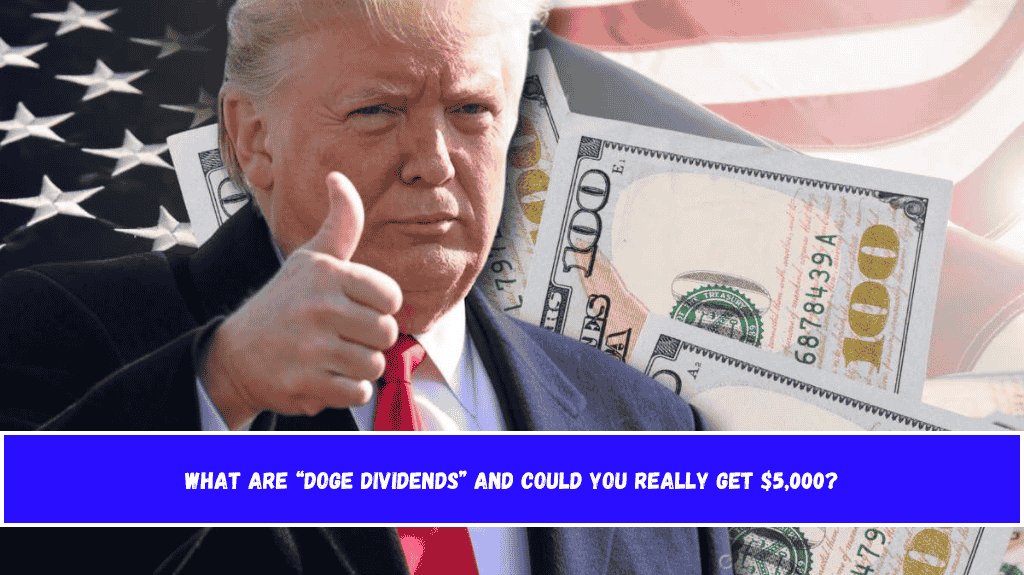Recently, there’s been a lot of buzz in the U.S. about the possibility of a $5,000one-time payment to American households, called “DOGE dividends.” While nothing has been officially confirmed yet, the idea has caught attention because big names like Elon Musk and former President Donald Trump have shown interest in it.
But what is this proposal really about? Can it actually happen? And if yes, who would receive the money? Let’s break it down in simple terms.
What Is the DOGE Dividend Plan?
The idea of the “DOGE dividends” came from James Fishback, the CEO of an investment company called Azoria. In February 2025, he suggested that 20% of the money saved by a government office called the Department of Government Efficiency (DOGE) should be returned to the people in the form of $5,000 stimulus checks.
This DOGE department was created by Trump to reduce wasteful federal spending. Fishback believes that if DOGE manages to save $2 trillion, the government could afford to give $5,000 to each qualifying household.
The idea got more attention when Elon Musk posted on X (formerly Twitter) that he would “check with the president.” Trump also mentioned the idea at a rally in Florida, saying he would “explore” it further.
Where Would the $5,000 Payments Come From?
Unlike past stimulus checks, which were funded by printing new money (and caused inflation), the DOGE dividend idea claims the money would come from real government savings.
Fishback says this would prevent inflation because the funds wouldn’t increase the national debt. However, the plan has a big catch: it would only apply to people who pay federal taxes. That means people who get more in government benefits than they pay in taxes would not be eligible.

In short, these checks would be rewards for taxpayers, not general aid for all citizens.
Is There Real Support for the Plan?
Although Musk and Trump have shown some support, the DOGE dividend idea faces major challenges:
- Congress approval is needed: The DOGE department can’t legally issue payments. Any such plan would need to go through Congress, where many leaders are more focused on reducing the national debt.
- Speaker Mike Johnson has already called the idea irresponsible, given the U.S. $36 trillion federal debt.
- Economists have raised concerns too. Some worry that even if it’s not funded by new money, giving out $5,000 per household could still increase inflation.
- DOGE has not yet saved enough money to cover the cost of this massive program.
Fishback has recently claimed that there is “progress” on the plan, but no official announcement has come from the government.
How Is This Different from Past Stimulus Checks?
The pandemic-era stimulus checks were sent to almost everyone, and the money came from newly printed currency. This led to a rise in prices across the country.
On the other hand, the DOGE dividends would only be given if the government saves money first. Supporters argue this method is more responsible and won’t cause inflation.
However, critics argue that the actual savings may be too small to make such a program possible, and the plan may end up being more of a political promise than a real payment.
The idea of $5,000 DOGE dividends sounds exciting, especially for families still recovering from financial difficulties. But as of now, it remains just an idea, not a real program. The plan faces legal, political, and financial hurdles, and unless Congress agrees and DOGE saves an extraordinary amount of money, it’s unlikely to happen anytime soon.
Still, the conversation around DOGE dividends shows that there is growing pressure to reward taxpayers and reduce wasteful spending. Whether or not the plan becomes real, it reflects a new way of thinking about how the government could return money to the people—based on saving, not debt.


















Leave a Reply